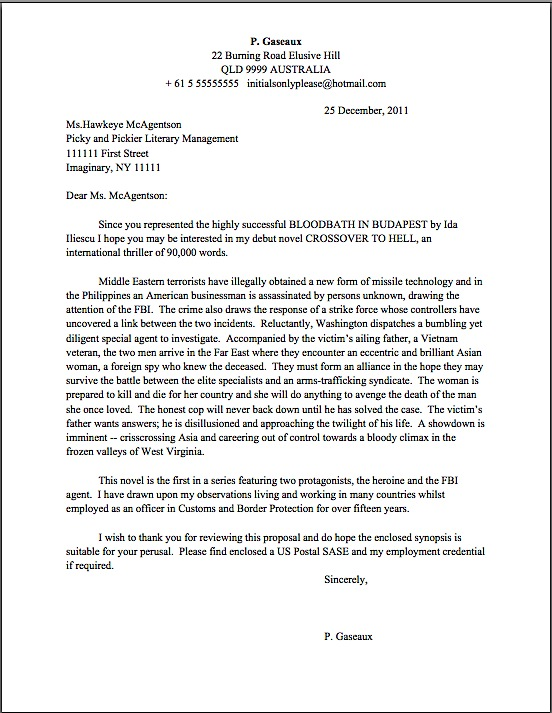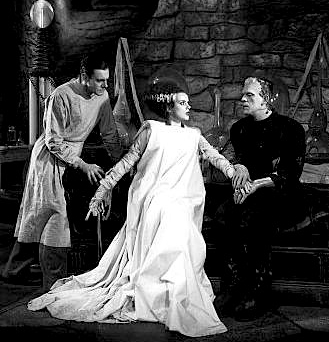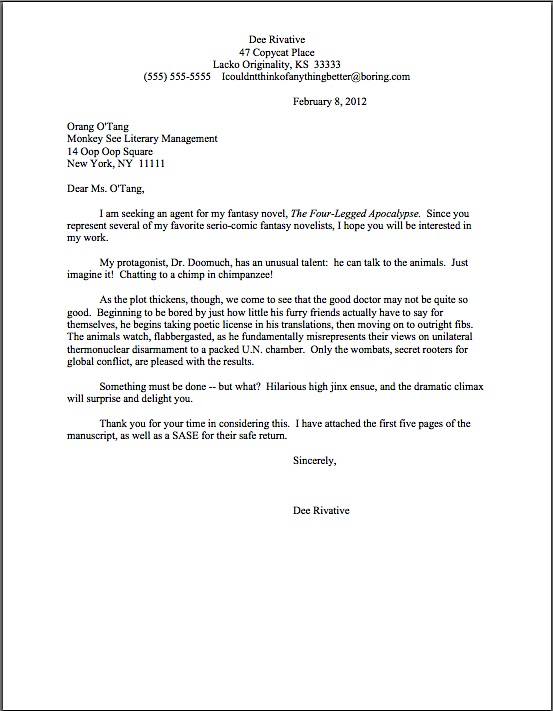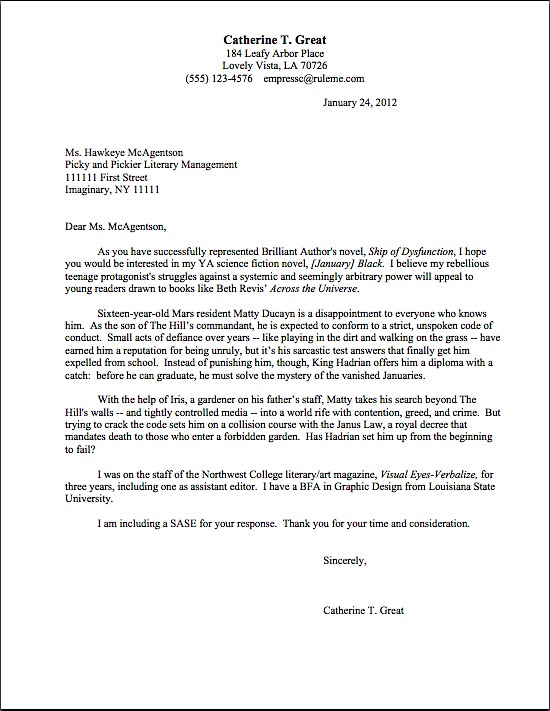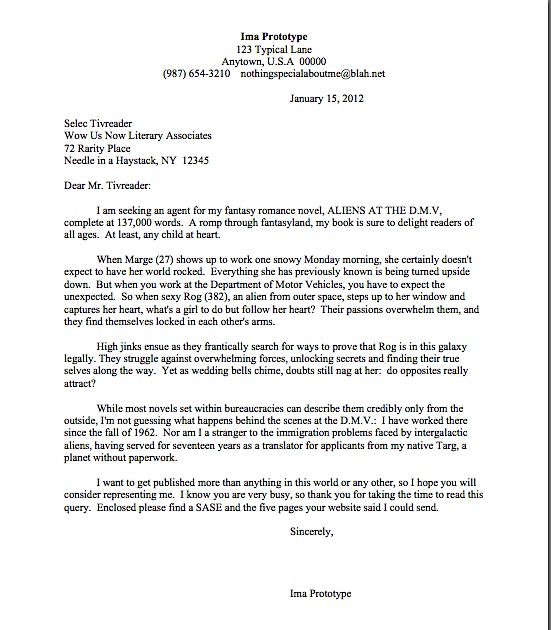Before I launch into today’s festivities, please join me in applauding a longtime member of the Author! Author! community, J. A. Turley — better known around here as John — for publishing his gripping narrative nonfiction account of the Gulf oil spill, The Simple Truth: BP’s Macondo Blowout. Congratulations, John!
It’s also, you may be interested to know, available as an e-book. Here’s the blurb:
THE SIMPLE TRUTH: BP’s Macondo Blowout dramatizes through narrative nonfiction the drilling of the 3-1/2-mile-deep exploration well and the evolving decisions and events that led to the disaster. The story is structured around drilling data, federal and corporate investigations, and deposed evidence. Fictional characters are surrogates for surviving offshore personnel and the eleven who died. Readers — regardless of location or vocation — are along for the ride, their learning curves gentle but high. The extensively-referenced nonfiction epilogue documents the human, operating, and engineering causes of the disaster, unique among published books.
If this storyline sounds a bit familiar to those of you who have been hanging out here for a while, well, it should: an excerpt from an earlier draft of John’s book won top honors in the Freestyle Fiction category of Author! Author!’s 2011 Rings True literary competition, then titled MACONDO 20/20. If memory serves, page 1 of his winning entry read something like this:
If you’re having trouble reading that, try holding down the COMMAND key and pressing + to enlarge the image. I would suggest doing the same with his contest synopsis:
As the prize for winning the non-easily categorized-fiction category of the Rings True contest, I both posted feedback on these two pages and sat down with the talented and generous Heidi Durrow, author of my favorite literary fiction debut of the last decade, The Girl Who Fell from the Sky, to talk about what might happen next with this book. At the time, John was presenting the story as fiction; here’s what Heidi and I had to say about that.
Unbeknownst to us at the time, there was an even better reason to consider marketing this story as nonfiction: John happens to be a genuine expert on his subject matter. Take a gander at this truly impressive platform:
J.A. (John) Turley writes fun mysteries (winner, Colorado Gold, 2008). But in 2010, he turned to solving the serious mystery of the cause of the BP blowout. His writing platform is fueled by engineering degrees, Harvard Business School, a three-year petroleum-engineering professorship, and 25 years of applicable oil-and-gas-industry experience. His assessment of the blowout — documented in THE SIMPLE TRUTH — is therefore from multiple perspectives: academic, on-the-rig, petroleum engineering, drilling management, executive, and as a writer. Turley is a professional speaker on the topic.
See my point? While John’s direct personal and professional experience would — and I’m sure did — inform his earlier treatment of this story as fiction, he could — and does — also write about it as nonfiction. Choosing to revise the book into narrative nonfiction, then, made abundant sense.
I’m in the process of blandishing John into sharing the practicalities behind that shift in narrative voice and worldview in a future guest blog, so for now, I shall content myself with celebrating his achievement in pulling of that difficult writing trick. In the meantime, though, I would like to spend the rest of today’s post talking about the challenges of writing the real — and of marketing it to both agents and potential readers.
As we discussed last time, writing about reality can take quite a few forms — in descending order of popularity with aspiring writers, as everyday life interpreted on the pages of a novel, as memoir, and as narrative nonfiction. In any book category, it’s hard to pull off well.
You’d never know that, though, from how little we writers talk amongst ourselves about the often rather nebulous line between writing a truthful account of something that actually happened for inclusion in a fiction manuscript and writing about the same occurrence — or story, or characters — in memoir or narrative nonfiction. And that’s interesting because, let’s face it, most writers start out writing something at least tangentially based upon their own experiences.
In fact, until fairly recently, it was simply accepted that a first novel that was not explicitly aimed at an established genre audience must necessarily be autobiographical — if not in its entirety, than at least in inspiration. The reading public frequently had good reason to leap to that assumption, of course: for well over a century, publishers have promoted books, and authors have spoken about them in interviews, as based on the writers’ personal experiences.
If we hear anything to the contrary, it’s usually because the factual accuracy of such claims have been called into question: when specific scenes in James Frey’s memoir, A MILLION LITTLE PIECES, were alleged to have been fictionalized, for instance, or some of the real-life inspirations for a few of David Sedaris’ personal essays (variously categorized as narrative nonfiction and humor) claim that things didn’t really shake out so hilariously in the moment.
Behind the scenes, of course, literary types often rolled their eyes over these often very literal-minded allegations. What did people think, that authors simply stood around and created transcripts of real life for publication? Was the possibility of an individual perspective’s creating a different narrative than what someone else might remember honestly that far-fetched? And if readers found, say, Jerzy Kosinski’s harrowing debut novel, THE PAINTED BIRD, more compelling if they thought every syllable was based upon a specific actual event, could you really say that they were harmed by that belief?
All excellent rhetorical questions, of course. That does not mean, however, that writers would not benefit from some serious discussion amongst ourselves of the genuinely knotty writing problem of how much literal truth belongs on the fiction page vs. the nonfiction page.
So where do our chats tend to focus instead? Precisely where the prevailing social expectations about truth in writing would lead us to predict they would. Memoirists and narrative nonfiction writers frequently worry that readers will not believe they are telling the truth on the page — or that others who also lived through the experiences in question will challenge their perspectives. Perfectly reasonable fears, of course: especially in the post-A MILLION LITTLE PIECES environment, nonfiction writers — and publishers — have been lighting rods for lawsuit threats on both counts. The fact that few such cases ever seem to make it to court, or even to the suit-filing stage, though, might help set a few hearts at rest.
Novelists, on the other hand, often spend sleepless nights fretting that someone might think their fictional protagonists are — gasp! — themselves. Again, it’s not an unreasonable fear; fiction authors’ kith and kin are notorious for scanning first novels, searching for cameos. In my experience, those kith and kin tend to be rather more likely to become disgruntled if their beloved friend/relative/vague acquaintance doesn’t write about them than if she does, but still, the fear of being accused of holding a real person up to public ridicule — or, as the charge more commonly runs, of depicting an event on the fiction page in a manner contrary to the actual facts — is pervasive.
Interestingly, aspiring writers frequently don’t think at all about the other possibility: because readers often presume that first novels are autobiographical at some level, genuinely creative writing won’t receive the credit it deserves. Historically, female authors have been particularly susceptible to this charge — and to this marketing strategy. PEYTON PLACE author Grace Metalious shot to fame on the presumption that everything in her book was true, as did LITTLE WOMEN‘s Louisa May Alcott. Both spent the rest of their lives impatiently answering questions from people unclear on the concept of fiction based upon fact: to the literal-minded, apparently, a story is either 100% true or it isn’t.
But try telling that to Mary Wollstonecraft Shelley, who spent the rest of her long life as a prolific novelist, short story writer, and encyclopedist dodging questions from eager readers and journalists demanding to know whether her husband or Lord Byron had actually brought a corpse back from the dead. FRANKENSTEIN was her first novel; it must have been fact-based, right?
And quick: name one of her other novels — or any of her genre-defining short stories, for that matter. Even those devoted to FRANKENSTEIN have often never heard of them. Makes one wonder whether the page space devoted to speculating about her kith and kin’s truck with the dead might have been more productively used, doesn’t it?
Heck, I’ve found myself on the receiving end of this presumption. I once spent a fruitless hour listening to an editor interested in a novel of mine tiptoe around asking me to revise a particularly painful scene in which my protagonist found her mother passed out in a hotel room next to a barely-clothed baritone and a plethora of prescription bottles. She did not want to hurt my feelings, she eventually admitted, in requesting I alter the facts of what obviously had been an extremely painful event for me to have lived.
Except, of course, I hadn’t lived through anything remotely like it. I like to think that it’s a compliment to my writing that the editor so firmly believed I had wrested a painful memory from the depths of my reluctant soul to share with the fiction-reading public, but on a practical level, it proved problematic that no amount of explanation could possibly convince her that I didn’t regularly cart passed-out relatives to the emergency room to have their respective stomachs pumped. The scene felt real, the editor reasoned, so it must really have happened to me.
My agent knew otherwise, of course, but all she did was giggle on her end of the three-way call. She’d seen this happen to too many of her novel-writing clients.
Which, frankly, tends to puzzle writers. To a fiction writer, the truth of a story runs on any number of levels, right? And, as we discussed last time, good memoir and narrative nonfiction alike must necessarily be selective in what aspects of real life they include in their narratives. In fiction and nonfiction alike, an indiscriminate collection of facts does not a compelling or readable storyline make. Part of the art of storytelling lies in deciding what to leave out — and what to leave fuzzy.
Nor, contrary to popular opinion, does a story’s being based upon real events necessarily render it more interesting to readers. Sometimes, it does, of course, particularly if the happenings and characters in question are public figures, or if the book exposes a fundamental misconception about a well-respected institution or practice.
Most first novels, however, aim for neither. In depicting the writer’s real life, these manuscripts are typically shooting for the depiction of subjective reality, not a blistering exposé of sociocultural norms. And while it is fact possible — indeed, likely — that writing about the people you know and/or the things that you did will irk at least one person already acquainted with you and/or those events, your garden-variety fiction reader will simply be reading it as a story.
Why, then, do so many aspiring writers talk about their work — and, more importantly for our ongoing conversation here at Author! Author!, present their work to agents — as though the most important thing to know about a novel is whether it is based on actual events? Or that a memoir is about a memoirist’s life? Or that in either case, the names of real people have been changed?
Seriously, agents see writers label their books this way all the time. Millicent the agency screener’s inbox is constantly barraged with queries containing assertions like this:
Although this novel is fiction, it is taken from something that actually happened to me in real life…
Or this:
Some might say that this could never happen, but THINLY-DISGUISED AUTOBIOGRAPHY is based on a true story, with the names changed to protect the not-so-innocent.
Or this:
Ripped from the headlines, JUMPING ON THE BANDWAGON is a fictionalized account of a story that dominated the media for a month. Based upon accurate facts, this novel speculates upon what really happened.
Or, believe it or not, this:
This is a true memoir, depicting events as I lived them.
A pop quiz for those of you who recall last year’s Querypalooza: why might any of these statements lead to Millicent’s rolling her submission-reddened eyes — and possibly not reading the rest of the query?
Award yourself a gold star for the day if you instantly leapt to your feet, shouting, “All novels are fiction, so that first statement is conceptually redundant!” You’re quite right, yellers: it’s quite unnecessary to inform an agent who handles fiction for a living that, by definition, a novel is fiction. Millicent may be trusted to be fully aware of this.
Even in the outrageously unlikely event that she were unfamiliar with the concept of a novel, though, what about learning that Example #1’s manuscript is taken from something that actually happened to {the writer} in real life would cause Millicent to regard the story with more favorable eyes? Is this a marketing suggestion, and if so, what group of established readers does this novelist will respond to the facts of the story?
That last is not a frivolous question, you know. If John had chosen to bring out THE SIMPLE TRUTH as fiction, he could legitimately have made the case that the high level of public and media interest (not the same thing, by the way, although the terms are often used interchangeably) would have piqued readers’ interest. Because the BP oil spill was a major news story for so long and remains a serious issue for a large portion of the country, it may well be why many readers first pick up the book.
That instant oh, I’ve heard about that! response won’t necessarily be evoked by a personal story, though, will it? I can easily imagine a well thought-out marketing campaign to reach potential readers who have lived through similar events, but in a slice-of-life novel, isn’t part of the point that the narrative focus is not on widely-advertised, society-wide phenomena, but upon the small, closely-observed details of actual life?
See the problem? If you’re writing a slice-of-life novel, anyone familiar with that kind of writing will expect it to involve those closely-observed details — and will not be astonished to learn that some or even all of them cropped up in your everyday life. So how precisely could informing Millicent of that overall definition of that type of writing cause your query to stand out from every other query for a slice-of-life narrative?
Hadn’t thought about it in those terms, had you, slice-o’-lifers? While you’re pondering the questions of original perspective and voice, let’s take another peek at our second example.
Some might say that this could never happen, but THINLY-DISGUISED AUTOBIOGRAPHY is based on a true story, with the names changed to protect the not-so-innocent.
Help yourself to a second gold star if you exclaimed, “Is there a particular reason that this querier feels the need to explain to our Millie what fictionalizing an account means? And how could it be remotely relevant to her decision to request manuscript pages that the writer changed the names?” At the querying stage, neither of these pieces of information will help a screener make a decision.
Do I sense some raised hands out there in the ether? “But Anne,” writers of autobiographical fiction everywhere cry, “in true-to-life fiction, the accuracy with which reality comes to life on the page has to be relevant! If I feel that my laser eye for exposing life’s seamy underbelly constitutes one of my book’s strengths, why shouldn’t I mention it in my query?”
An excellent question from the writer’s point of view, but less so from Millie’s. Plenty of perfectly wonderful fiction has exactly the quality you describe — including, I suspect, works by some of your favorite authors. That tends to be how literary fiction writers become drawn to writing literary fiction, right?
But isn’t your skill in this respect something best demonstrated by your manuscript, rather than through simply asserting it? As we have discussed before, screeners prefer to be shown writing quality — and are suspicious of being told about it. Why? Well, a Millicent toiling away at any established agency will see dozens of queries per day in which aspiring writers claim that their books are the best-written tomes since Madame de Sta?l first put pen to paper. In any given instance, that may well be true, but on the whole, the fine folks in agencies prefer to make up their own minds about that sort of thing.
Or, to put it as Millie would, don’t review your own book; you’re not the most credible reviewer. And if she’s not going to be impressed by self-review, why include it? Queries are, according to most writers compelled to compose them, maddeningly short on available page space, after all.
How might a savvy querier use that space instead? How about through a vividly-drawn description of the book’s premise? Or an intriguing introduction of its protagonist and central conflict?
I can hear some creative brains whirring out there. While they’re generating fresh ideas, let’s revisit Example #3.
Ripped from the headlines, JUMPING ON THE BANDWAGON is a fictionalized account of a story that dominated the media for a month. Based upon accurate facts, this novel speculates upon what really happened.
Again, I hope some of the conceptual problems leapt out at you — and if so, grab another gold star from petty cash. Since our eager querier mentions that the book is a novel, isn’t it redundant to explain that it’s fictionalized, or that there’s speculation involved? Aren’t facts by definition accurate? While we’re nit-picking, even if ripped from the headlines were not a clich? (but it is), if the story in question honestly did dominate the aforementioned headlines for so long, wouldn’t Millicent recognize it without the prompt?
Something else might well occur to a screener: if a story lingered in the headlines long enough ago for the querier to have written a novel about it, does its memory linger in the national consciousness enough to engender a reaction in the target reader? If that’s the case today, will it still provoke recognition a couple of years hence, when the book might realistically hit the shelves?
Think about it: assuming that Millicent asks for the manuscript today, the querier sends it tomorrow, and the novel rushes through the agency’s approval process with unusual haste, signing with the agent is going to take some time. So will the agent’s selling the book to the right editor. Even ruling out time to make any changes to the manuscript either the agent or acquiring editor might request, publishing houses’ print queues are often a year or two long.
So I ask again, headline-rippers: will the fact that your novel is based upon a well-known real-life incident from last year be the book’s strongest selling point in, say, 2016?
I’m not saying that it won’t, of course. But more often than not, first-time novelists’ expectations of how rapidly a book based upon current events are gleaned from how quickly nonfiction books reach the reading public — and nonfiction books by journalists to boot. Again, though, think about it: nonfiction books are sold on proposals, not full manuscripts, so a writer already an expert on the topic (like, say, our friend John happened to be about oil drilling) can leap on a news event, crank out a sample chapter and marketing material, and have the proposal in an agent or editor’s hands within a matter of weeks. A publisher already geared for the fast-paced current events market could reasonable expect a writer used to writing on tight deadlines to churn out the proposed manuscript within a matter of just a few months, and voil? ! The book appears on shelves while the headlines are still within recent memory. With e-books, the turn-around time would be even shorter.
Fiction simply does not move that fast through the production process, typically. Think years, not months.
That’s a realistic timeline for most personal memoir, too, by the way. Celebrity memoir frequently pops onto the shelves more rapidly, for the exceedingly simple reason that publishers are savvy enough to know that celebrity can be a fleeting thing. A intensely-described personal memoir written by a good writer who happens not to be famous yet, however, will not necessarily hit the shelves any faster than a fictional account of the same events.
And yes, I did put it that way on purpose. As an editor and writing teacher, I meet memoirists all the time who tell me that they were drawn to memoir because they would have to write less of the book before they could begin approaching agents. They have a story to tell, darn it, and want it in readers’ hands as soon as possible.
In real life, though, it does not always work out that way. I would urge you to consider, then: what else about writing your story as memoir appeals to you, other than the fact that you are writing about actual events? What about that type of narrative’s tightly-focused worldview will draw the reader into your story better than a fictional treatment?
I’m not trying to dissuade you; figuring out the answers to those questions will make it quite a bit easier to construct an engaging book proposal. Not to mention helping you sidestep one of the more common querying missteps for memoir:
This is a true memoir, depicting events as I lived them.
If you did not fall off your chair, moaning, “But all memoirs are true! And all memoirs deal with the life their authors lived,” well, I can only advise you to scroll up to the top of this post and reread it more carefully. True memoir, real-life memoir, and memoir based upon a true story are all notorious Millicent-irritants, because they are redundant phrases. Why waste precious page space telling her what she already knows?
Besides, if every memoir is both true and about its writer’s life, how could asserting either self-evident attribute help convince Millicent that your book is different and/or better than any other memoir she sees queried? Wouldn’t it make more sense to show her in a beautifully-written book description?
All of which brings me back to the burning question I posed earlier: why do so many writers of the real describe their books as though being based on actual events were not only their single most central attribute, but far and away their most vital selling point? My guess would be that for the writer, the truth of the story is its most important trait.
And that, my friends, is perfectly natural: from the writer’s perspective, nailing the truth of a scene could not possibly be more important, right? As I said, it’s awfully hard to write well about the real in a manner that will convey precisely what the writer sees, feels, touches, and otherwise experiences to the reader. It requires an intensity of reliving that few non-writers can even imagine — and a depth of personal honesty that few other endeavors in life require.
But if you don’t mind my saying so, what renders a piece of writing important, vital, or even good to the writer will not necessarily be what grabs a reader about it. Nowhere is that more true than in writing about the real. The truth, as they say, is not always simple.
I’m not suggesting any hard-and-fast solutions here; I’m merely bringing up some questions. Please give them some thought, reality-wranglers. Trust me, the better you know why you have chosen to tell your true story in a particular way, the easier time you will have discussing your manuscript with your future agent and editor.
And please let me know how these challenges have cropped up in your writing. I’m always interested in the real-life experiences of actual writers, after all. Keep up the good work!



















